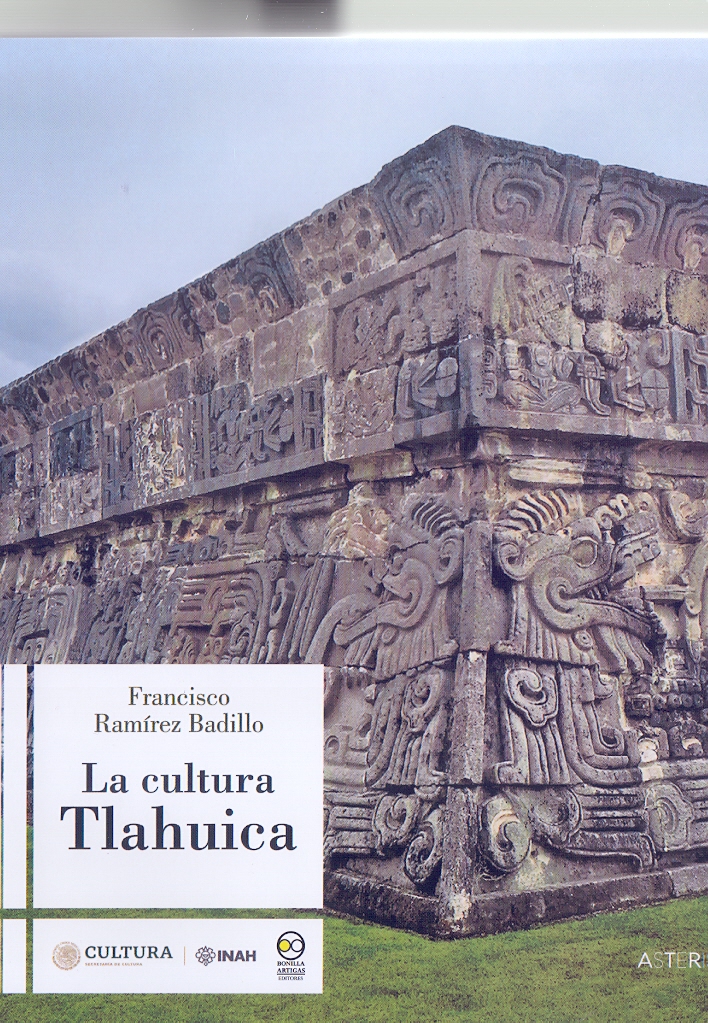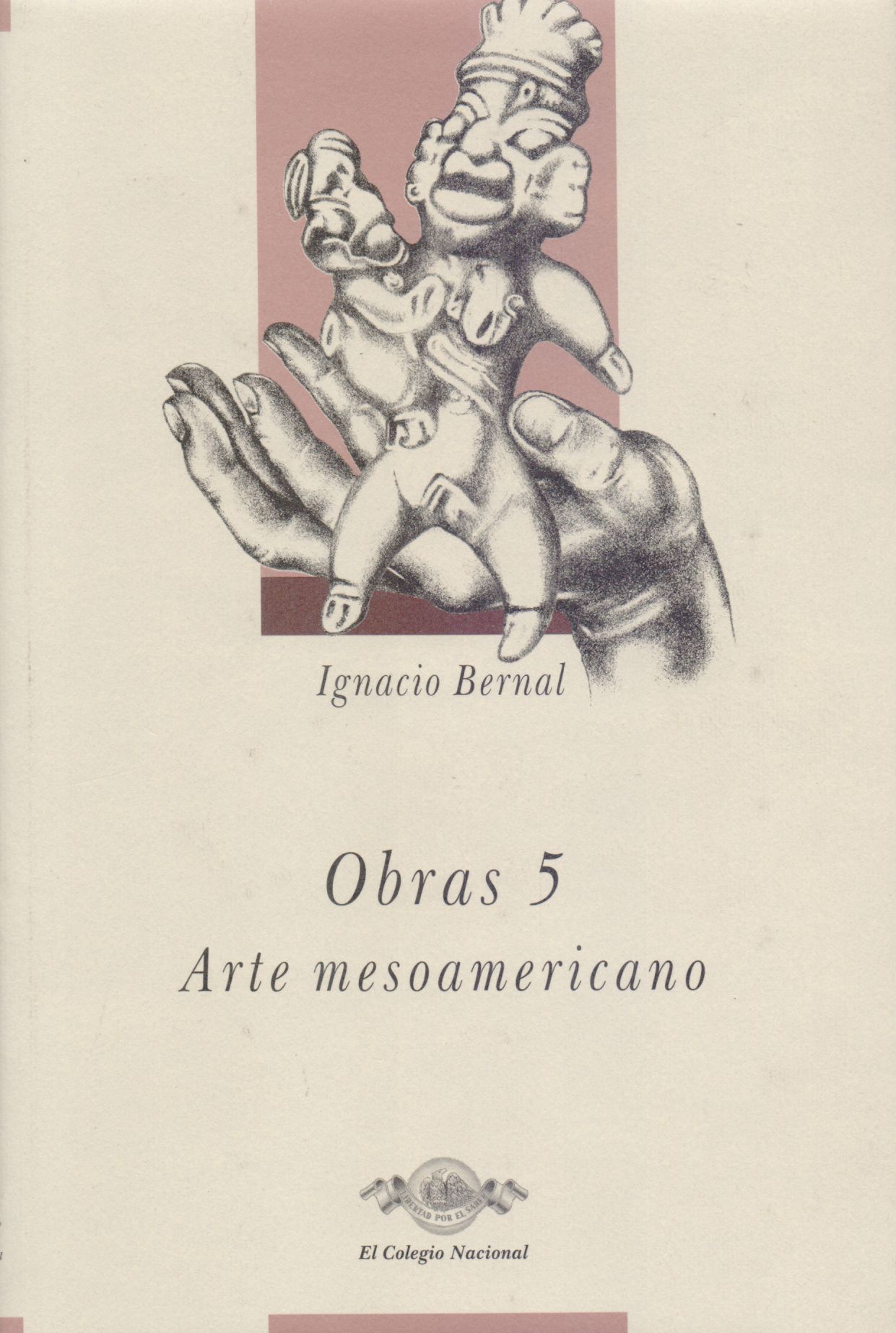Libros relacionados
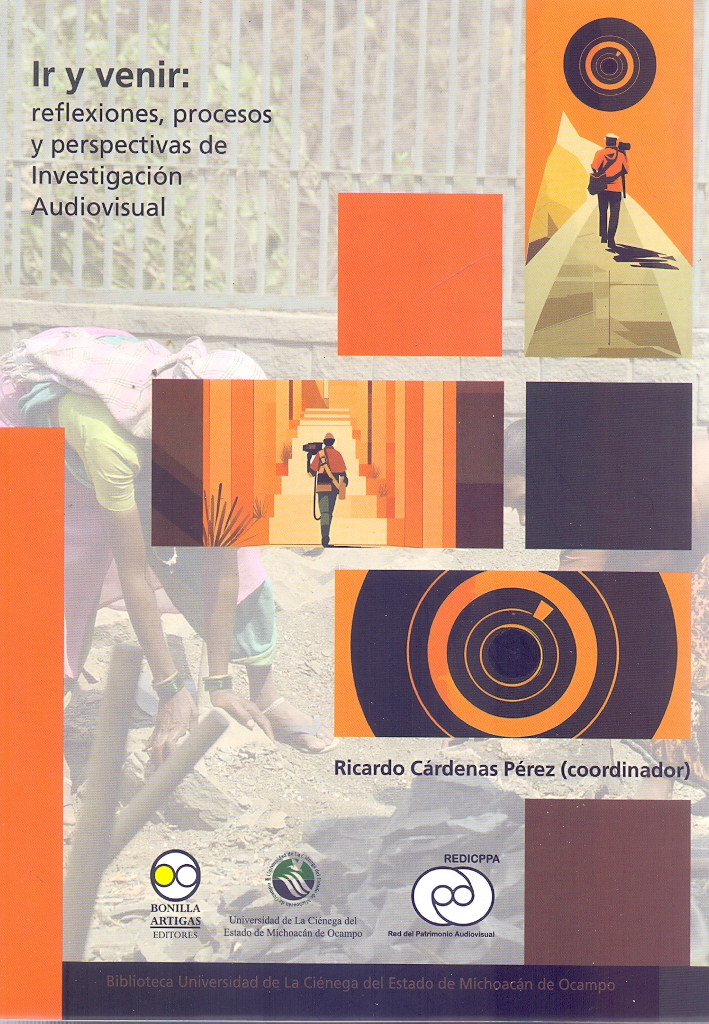 |
Ir y Venir: Reflexiones, Procesos y Perspectivas de Investigación Audiovisual Ricardo Cárdenas Pérez Bonilla Artigas Editores |
 |
Goles y Banderas: Fútbol e Identidades Nacionales en España Quiroga Fernández de Soto, Alejandro Marcial Pons |
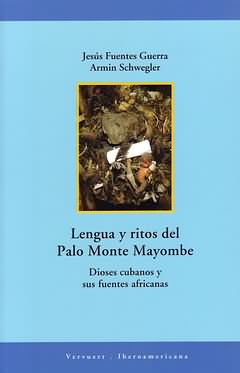 |
Lengua y Ritos del Palo Monte Mayombe: Dioses Cubanos y Sus Fuentes Africanas Fuentes Guerra, Jesús / Schwegler, Armin Iberoamericana Vervuert |
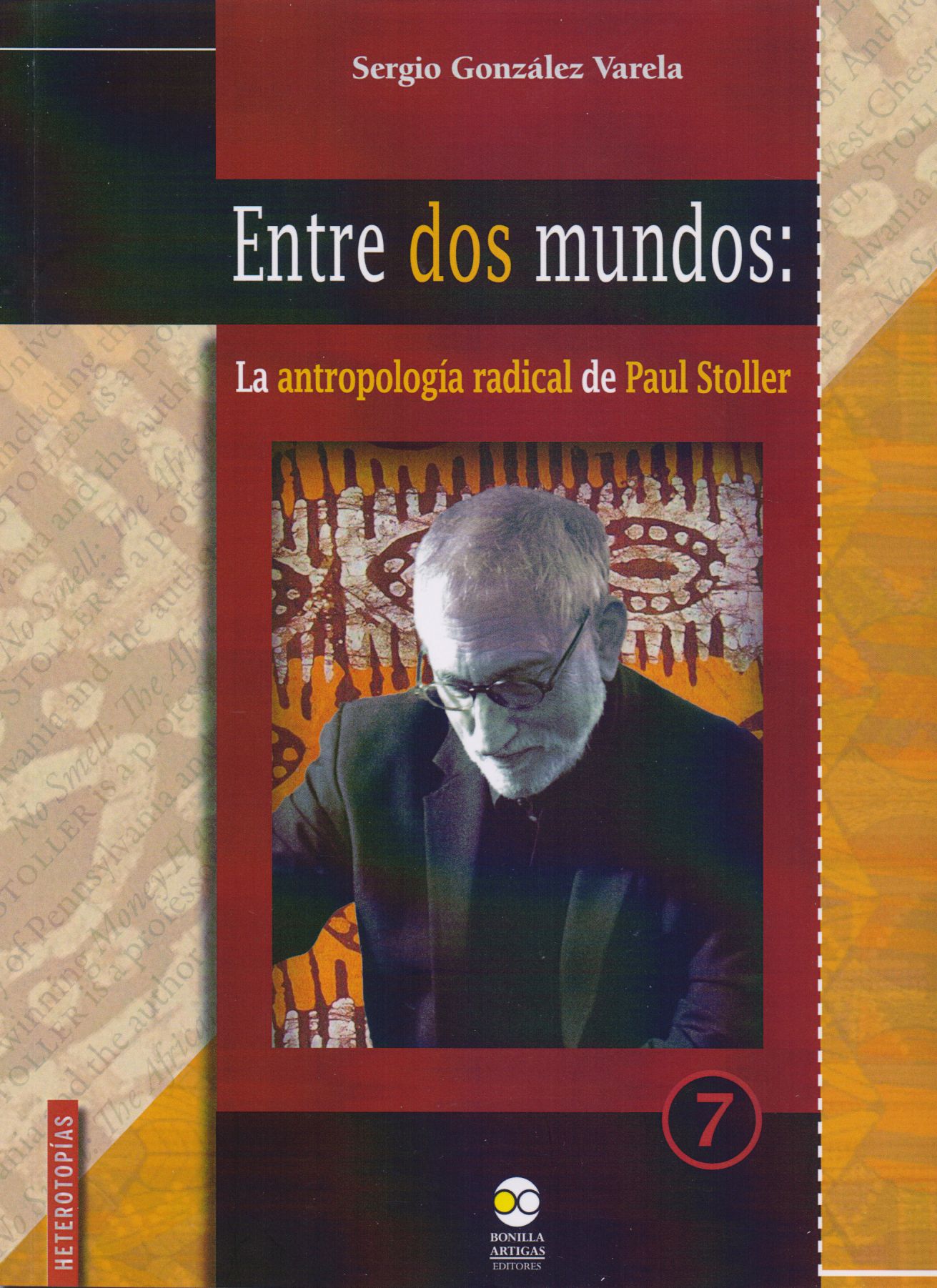 |
Entre Dos Mundos: la Antropología Radical de Paul Stoller González Varela, Sergio Bonilla Artigas Editores |
 |
Introducción a la Antropología Cultural Phillip Kottak, Conrad Mc Graw Hill Interamericana de Mexico |


|
Título: Cultural Transmission And Material Culture: Breaking Down Boundaries | |
| Autor: Stark, Miriam T. ; Bowser, Brenda J. ; Horne, Lee; Longacre, W | Precio: $800.00 | |
| Editorial: University Of Arizona | Año: 2008 | |
| Tema: Antropologia | Edición: 1ª | |
| Sinopsis | ISBN: 9780816526758 | |
| How and why people develop, maintain, and change cultural boundaries through time are central issues in the social and behavioral sciences in generaland anthropological archaeology in particular. What factors influence people to imitate or deviate from the behaviors of other group members? How are social group boundaries produced, perpetuated, and altered by the cumulative outcomeof these decisions? Answering these questions is fundamental to understanding cultural persistence and change. The chapters included in this stimulating, multifaceted book address these questions.
Working in several subdisciplines, contributors report on research in the areas of cultural boundaries, cultural transmission, and the socially organized nature of learning. Boundaries are found not only within and between the societies in these studies but also within and between the communities of scholars who study them. To break down these boundaries, this volume includes scholars who use multiple theoretical perspectives, including practice theory and evolutionary traditions, which are sometimes complementary and occasionally clashing. Geographic coverage ranges from the indigenous Americas to Africa, the Near East, and South Asia, and the time frame extends from the prehistoric or precontact to colonial periods and up to the ethnographic present. Contributors include leading scholars from the United States, Canada, the United Kingdom, and Europe. Together, they employ archaeological, ethnographic, ethnoarchaeological,experimental, and simulation data to link micro-scale processes of cultural transmission to macro-scale processes of social group boundary formation, continuity, and change. |
||
Librería Bonilla SA de CV © Todos los derechos reservados. 2019
Última actualización: Jul 2019



